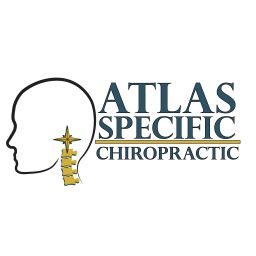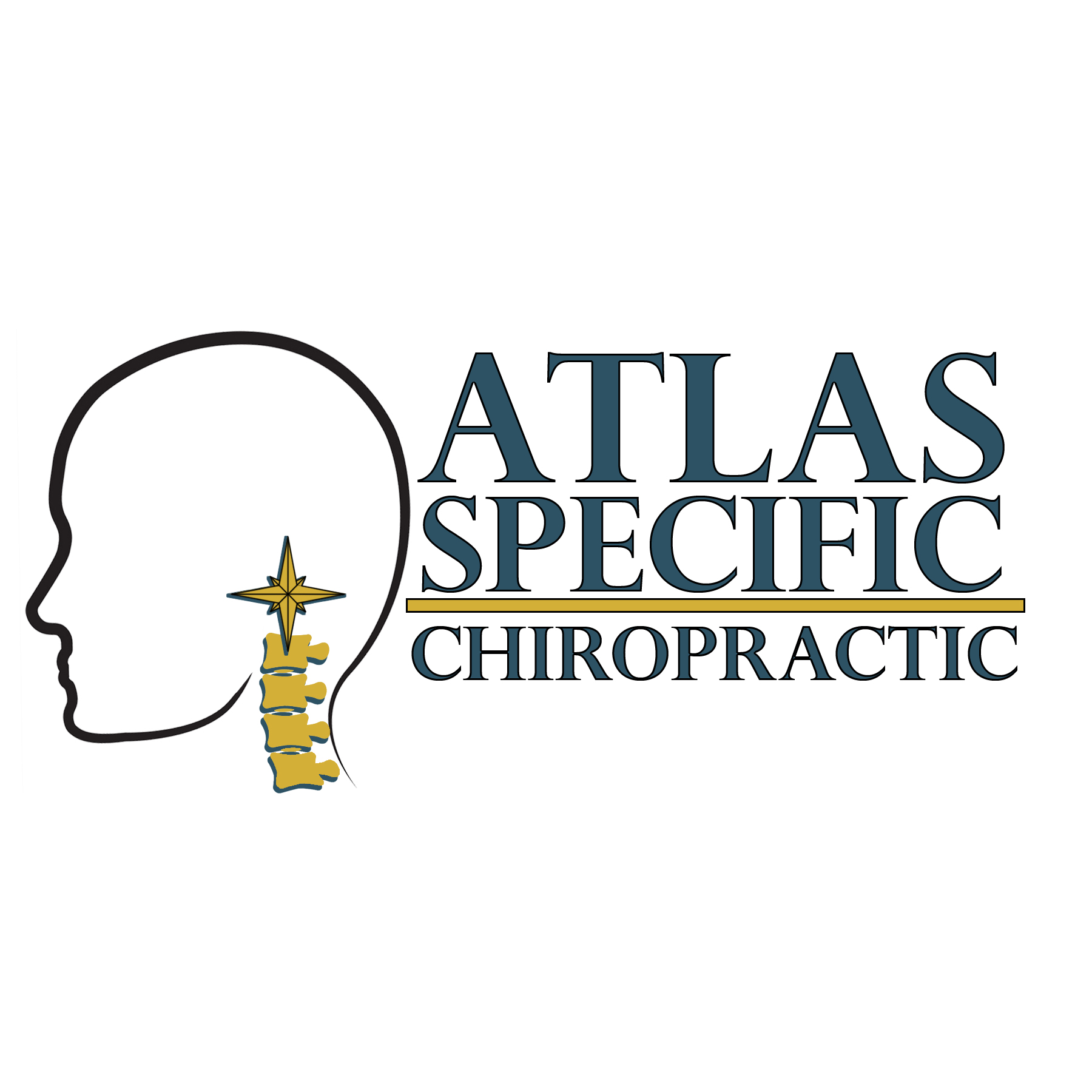
Car Accident Chiropractic
Gentle, Precise, and Effective Care for Whiplash, Neck Pain, Headaches & Post-Accident Symptoms
Understanding Car Accident Injuries
Even a “minor” car accident can cause major problems in the neck and spine.
Most injuries happen at speeds under 12 mph, and symptoms often show up hours, days, or even weeks later.
The force of a collision — especially a rear-end impact — can whip the head forward and backward faster than your muscles can protect you. This sudden movement stretches ligaments, irritates nerves, misaligns the upper cervical spine, and disrupts normal brain-to-body communication.
Common symptoms after a car accident include:
-Neck pain or stiffness
-Headaches or migraines
-Shoulder or upper back pain
-Dizziness or vertigo
-Blurred vision
-TMJ/jaw pain
-Numbness or tingling in the arms
-Fatigue or brain fog
-Difficulty concentrating
-Mid-back pain
-Ear fullness or ringing
-Sleep trouble
-Increased anxiety or irritability
You do not have to experience major vehicle damage to experience significant injury.
The neck absorbs most of the impact — especially the C1 (atlas) and C2 (axis) vertebrae.
Why Even “Minor” Car Accidents Cause Major Neck Injuries
Most people believe that if the cars don’t look badly damaged, the injuries must be minor. This is not true.
Modern cars are designed to absorb impact.
Your neck is not.
In low-speed collisions (as low as 5–12 mph):
-The head whips forward and backward faster than the muscles can react
-Ligaments get stretched beyond their normal limits
-The atlas and axis shift out of their normal position
-Brainstem stress increases
-Posture instantly changes
-Micro-tears develop in soft tissues
-Nerves become irritated or hypersensitive
People often walk away feeling “fine,” but the underlying damage is already there — and symptoms begin developing over the next few days.
Why Upper Cervical Misalignment Is Common After Car Accidents
During a crash, the head and neck experience rapid acceleration and deceleration.
This force often:
-Misaligns the atlas and axis
-Stretches ligaments in the upper neck
-Irritates the nervous system
-Triggers muscle guarding and spasms
-Causes joint inflammation
-Alters posture and balance
-Impacts blood flow and nerve function
Because the upper cervical spine protects the brainstem, even small misalignments can create widespread symptoms far beyond neck pain — including headaches, dizziness, sensory changes, and cognitive issues.
Many patients don’t realize their post-accident problems are rooted in the top two bones of the neck.
The Hidden Impact of Whiplash on the Brainstem
Most healthcare providers focus on the muscles after whiplash.
Upper cervical chiropractors focus on what happens deeper.
The atlas (C1) and axis (C2) protect the brainstem — the neurological “circuit breaker” that controls:
-Neck and shoulder muscles
-Eye movement and balance
-Blood pressure
-Heart rate
-Pain processing
-Stress response
-Headaches and migraines
-Dizziness and nausea
When the upper neck is suddenly forced out of alignment in a crash, it creates neurological dysfunction, not just muscle injury.
This is why many post-accident symptoms go far beyond neck pain.
Why Symptoms Often Don’t Appear Right Away
Adrenaline masks pain immediately after a crash.
It’s common for symptoms to develop gradually as inflammation sets in and muscles tighten to protect the injured area.
You may feel fine on day one…
…then wake up days later with:
-Severe stiffness
-Headaches
-Shooting pain
-Dizziness
-Trouble turning your head
-Brain fog
This delayed response is expected — and a major reason why early evaluation is so important.
Symptoms That Suggest Upper Cervical Injury After a Crash
These are highly correlated with atlas misalignment, even if X-rays or MRIs elsewhere show “normal” findings:
-Dizziness when looking up or turning your head
-Persistent headaches
-Ear fullness or ringing
-Vertigo spells
-Difficulty concentrating
-Neck grinding or popping
-Sleep trouble
-Jaw tightness or TMJ pain
-Shoulder heaviness or burning
-Visual disturbances
-Feeling “off balance” or “disconnected”
-Pain that radiates into the arms
If you have two or more of these, there is a strong chance your upper cervical spine was affected.
Traditional Treatments Often Miss the Root Cause
Most car accident patients try:
-Muscle relaxers
-Pain medications
-Physical therapy
-Massage
-Ice or heat
-Stretching
-Rest
These may help temporarily, but they don’t correct structural misalignment of the upper cervical spine or address brainstem irritation.
If the atlas and axis remain out of place, symptoms often:
-Linger
-Flare up
-Return unexpectedly
-Or get worse over time
Correcting the misalignment is key to long-term recovery.
Our 2-Day Injury Evaluation Process
Patients appreciate structure and certainty. This section strengthens trust and differentiates your care.
Day 1: Detailed Assessment
-Consultation discussing the accident forces, symptoms, and timeline
-Upper cervical–focused physical exam
-Functional neurological scans (Tytron thermography)
-Precise 3-view upper cervical X-rays
-Digital posture analysis
-Soft tissue evaluation
If applicable, gentle care may begin on Day 1.
Day 2: Findings Review
-Personalized report of what was found on the scans and X-rays
-Explanation of how the accident affected your spine and nervous system
-Customized care plan tailored to the severity of your injury
-Time to ask questions so you understand the process fully
Patients leave knowing exactly what happened, why they feel the way they do, and how they will heal.
How Upper Cervical Chiropractic Helps After a Car Accident
At Atlas Specific Chiropractic, we specialize in correcting the most sensitive and influential part of the spine: the upper cervical region.
✔ Precision 3-View Upper Cervical X-Rays
We measure your misalignment down to 1/100th of a degree and millimeter to understand the exact direction and degree of injury.
✔ Functional Neurological Scans (Tytron)
These show patterns of nerve irritation and inflammation affecting the brainstem.
✔ Gentle, Specific Correction (AHKC Technique)
Our adjustment is:
-Gentle
-Highly precise
-No twisting
-No cracking
-No forceful manipulation
This targeted approach helps the body:
-Reduce inflammation
-Relax muscle tension
-Restore normal nerve function
-Improve blood flow
-Rebalance posture
-Heal more effectively
✔ Supporting Long-Term Healing
Patients often report:
-Less neck and shoulder pain
-Reduced headaches and dizziness
-Clearer thinking
-Improved sleep
-Better range of motion
-Faster recovery
Your body does the healing — we simply correct the interference
How We Support Healing Beyond the Adjustment
Upper cervical care is the foundation — but patients love knowing you offer more.
We also incorporate:
-Healing posture guidance (what to avoid + simple corrections)
-Ice/heat protocol for inflammation control
-Movement recommendations to prevent stiffness
-Sleep positioning tips to protect the neck
-Stretching guidelines (what helps vs. what delays recovery)
-Lifestyle supports to lower inflammation and speed recovery
This positions your office as a total support system, not just an adjustment.
Why Early Care Makes a Big Difference
After a car accident, the longer a misalignment goes uncorrected, the more the body compensates.
Muscles tighten.
Ligaments struggle to stabilize.
Posture shifts.
Nerve irritation increases.
Inflammation becomes chronic.
Early upper cervical care helps:
-Prevent long-term complications
-Reduce chronic pain risk
-Speed up recovery
-Protect brainstem and nerve function
-Improve overall healing outcomes
Even if symptoms seem small now, they can grow into major issues later without proper evaluation.
When You Should Seek Care Immediately
Emergency evaluation is recommended if you notice:
-Severe or worsening headaches
-Inability to turn your head
-Numbness or tingling down the arms
-Persistent dizziness
-Visual changes
-Sharp pain with swallowing or breathing
-Significant sleep disruption
-Mental fog or trouble focusing
These symptoms often indicate upper cervical instability or nerve irritation that should not be left untreated.
Frequently Asked Questions
Do I have to be in severe pain to need care?
No — many people with whiplash feel “tight” or “stiff,” but scans show significant neurological irritation.
What if my hospital X-rays were “normal”?
ER imaging checks for fractures, not misalignment. Upper cervical misalignments are extremely common after accidents but easily missed.
Can upper cervical care help months or years after my accident?
Yes. Even old injuries respond well once the root problem is addressed.
Do you work with attorneys if my case is in litigation?
Yes — we provide detailed exam notes, imaging, and clinical recommendations
We Work With Both Recent and Old Car Accident Injuries
Many of our patients didn’t receive upper cervical care immediately after a crash — some come to us months or even years later.
Whether your accident happened:
-Last week
-Last year
-Or a decade ago
...your body may still be compensating for unresolved injury.
Upper cervical care can help restore function and reduce symptoms even long after the impact.
A Message of Hope for Accident Victims
Car accidents can leave you feeling frustrated, overwhelmed, and unsure of where to turn.
You may feel like you’ve “tried everything” with little relief.
But when the root cause — your upper cervical alignment and brainstem function — is corrected, your body can finally begin to heal the way it’s designed to.
At Atlas Specific Chiropractic, we're here to guide you through a safe, gentle, and effective recovery.
Restore Alignment, Reduce Pain, and Regain Your Life
Car accidents can throw the entire spine and nervous system out of balance.
Precise upper cervical chiropractic helps restore stability, decrease pain, and support full, natural healing — without drugs, surgery, or aggressive manipulation.
At Atlas Specific Chiropractic in Hiawatha, IA, we proudly help patients throughout the Cedar Rapids area recover from car accident injuries safely and effectively.
📞 Call (319) 343-8540 or schedule your first visit today to begin your recovery..
Open Hours
Monday, Tuesday, Thursday
9:00 - 6:00
Wednesday
12:00 - 6:00
friday
9.00 - 2.00
© Atlas Specific Chiropractic | Powered by Webflow.




